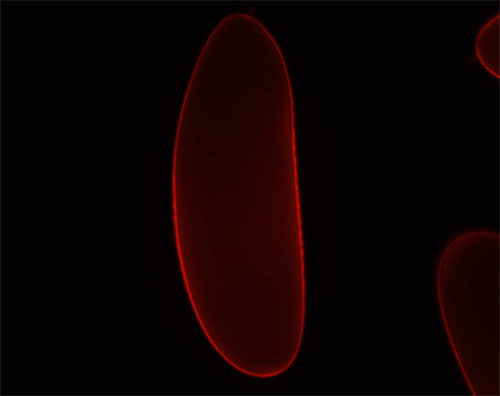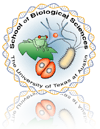Most of the research in our lab is focused on the question of how a complex multicellular organism develops from a seemingly simple single cell, the fertilized Drosophila egg. In one set of investigations, we are studying how embryonic dorsal-ventral polarity is established. The polarity of the embryonic dorsal-ventral axis is defined by a ventrally-produced extracellular ligand which binds to and activates Toll, a receptor protein present in the membrane of the embryo. This mechanism is very similar to one which controls the formation of the anterior and posterior termini of the Drosophila embryo. In that process, an extracellular ligand formed specifically at the two ends of the embryo activates Torso, another receptor protein localized to the embryonic membrane. Experiments in our lab are aimed at understanding at the molecular level how the localized production of these receptor ligands is accomplished and defines embryonic pattern along the dorsal-ventral axis and at the embryonic termini.


